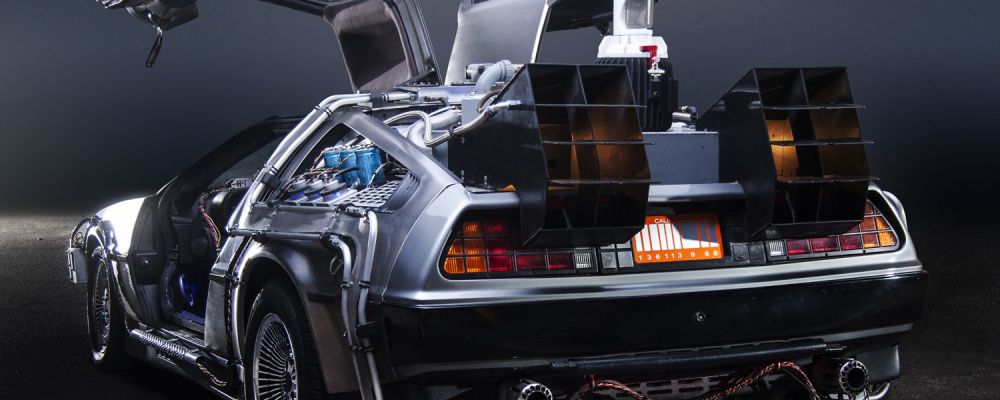Jan 22, 2015
Future of Work: Why Teaching Everyone to Code Is Delusional
Posted by Seb in categories: automation, disruptive technology, education, futurism, human trajectories, robotics/AI
By Nathaniel Calhoun –Singularity Hub

Since 2005, I’ve been grappling with the issue of what to teach young people. I’ve written curricula for junior high students in the US, for a UNICEF program reaching students in a dozen countries, and now, for East African young people as they become financially literate and business savvy.
Through the years, I’ve watched program directors demand young people focus on foolish content because it lined up with something trending in the public discourse—units on climate change; modules about using social media to share stories; lessons on agricultural policy; and so forth.
Continue reading “Future of Work: Why Teaching Everyone to Code Is Delusional” »

 By
By 


 By Erico Guizzo — IEEE Spectrum
By Erico Guizzo — IEEE Spectrum Quoted: “IBM has unveiled its proof of concept for ADEPT, a system developed in partnership with Samsung that uses elements of bitcoin’s underlying design to build a distributed network of devices – a decentralized Internet of Things. The ADEPT concept, or Autonomous Decentralized Peer-to-Peer Telemetry, taps blockchains to provide the backbone of the system, utilizing a mix of proof-of-work and proof-of-stake to secure transactions.”
Quoted: “IBM has unveiled its proof of concept for ADEPT, a system developed in partnership with Samsung that uses elements of bitcoin’s underlying design to build a distributed network of devices – a decentralized Internet of Things. The ADEPT concept, or Autonomous Decentralized Peer-to-Peer Telemetry, taps blockchains to provide the backbone of the system, utilizing a mix of proof-of-work and proof-of-stake to secure transactions.”









